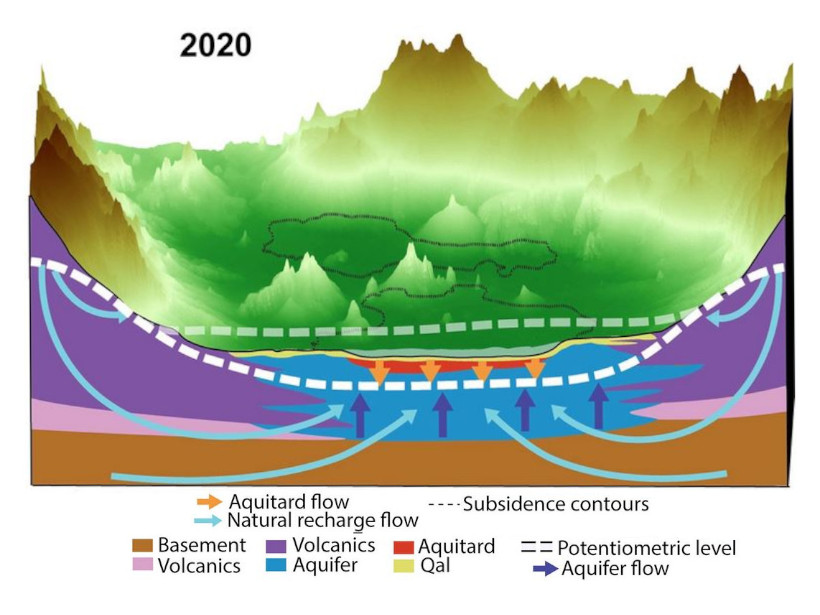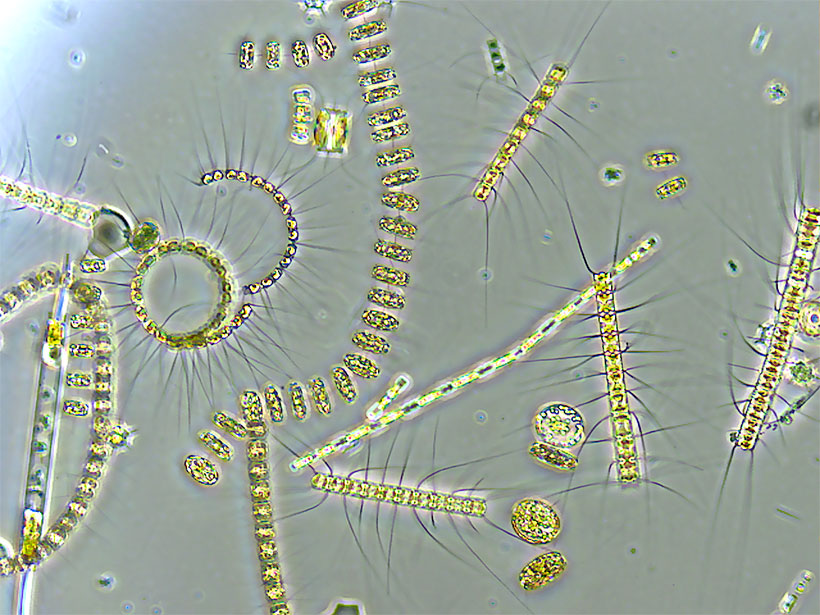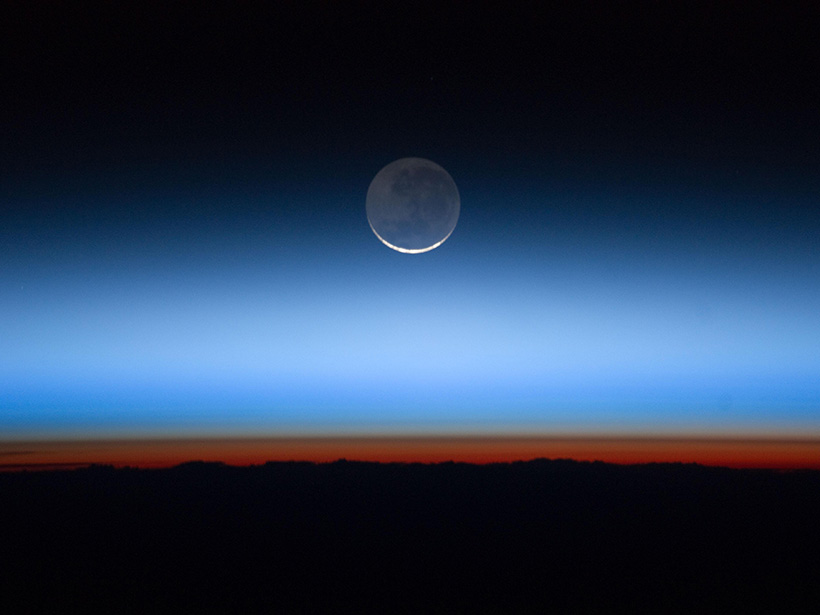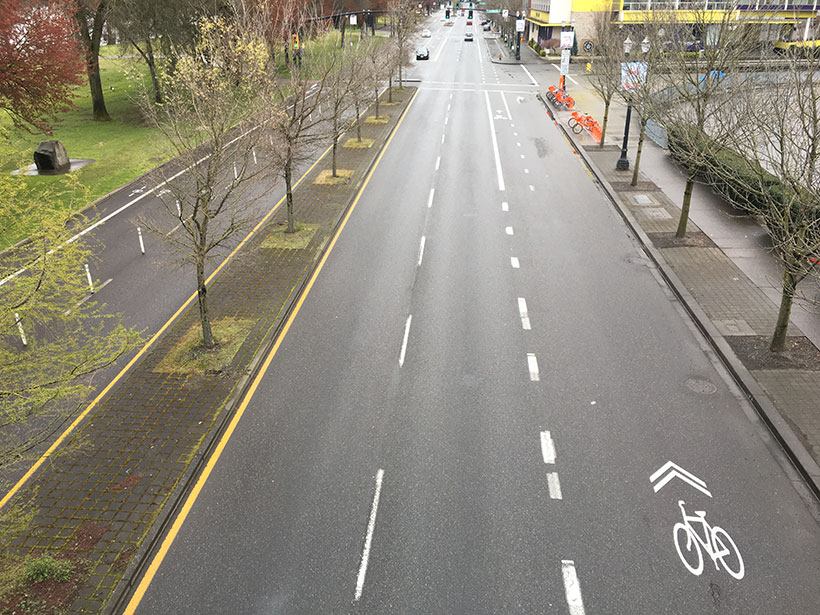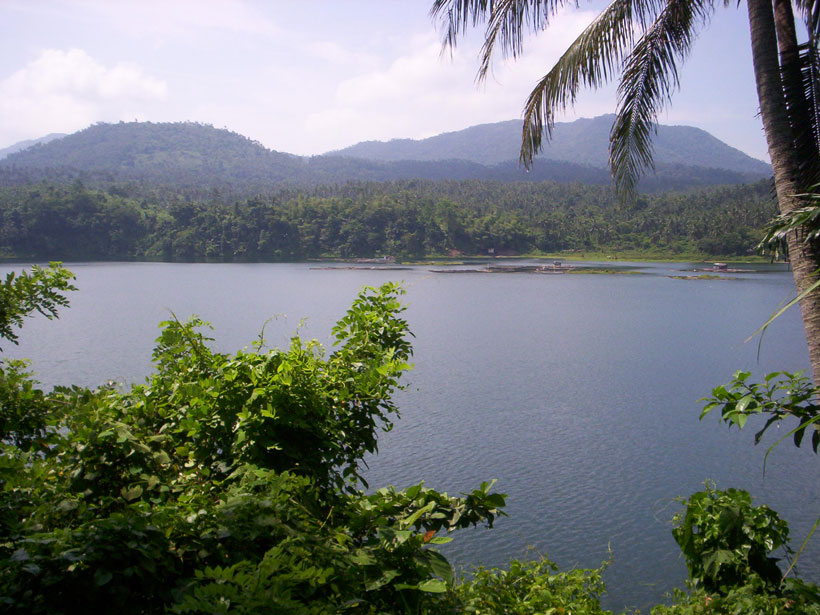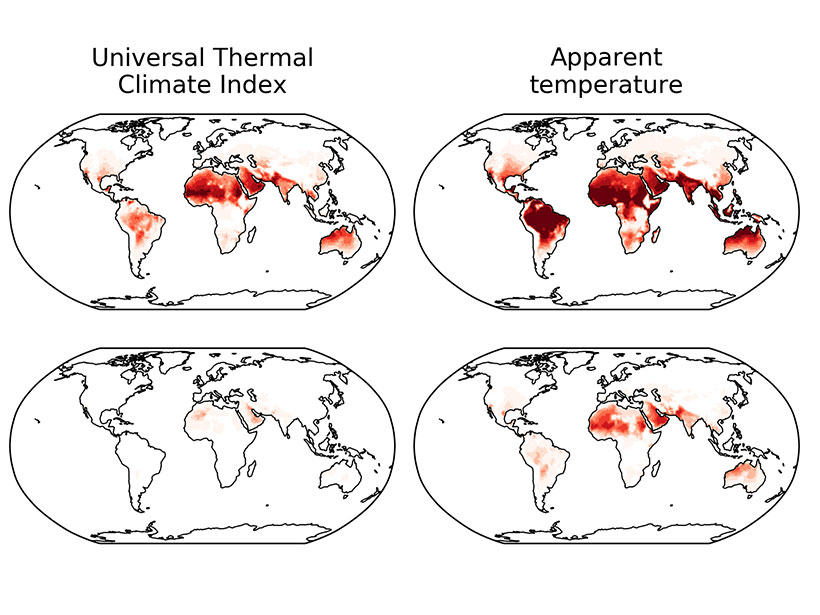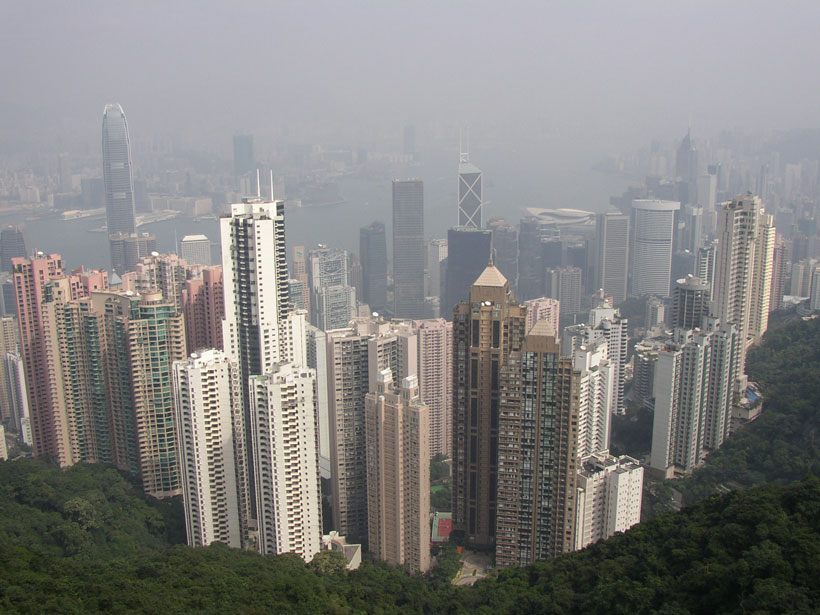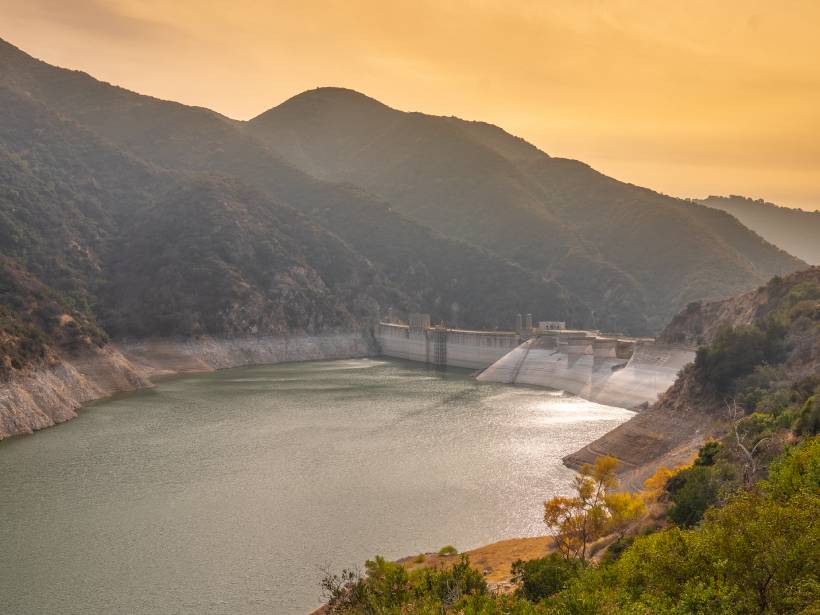Una nueva investigación revela la causa del rápido hundimiento y fracturación del suelo de la Ciudad de México.
Research Spotlights
Research spotlights are plain-language summaries of recent articles published in AGU’s suite of 24 journals.
South Pole Ice Core Reveals History of Antarctic Sea Ice
Every summer, most of the sea ice near Antarctica melts away, but its saltiness leaves a permanent record that scientists can trace back for millennia.
First Worldwide View of a Key Phytoplankton Proxy
New insights into the dynamics of ocean features known as deep chlorophyll maxima set the stage for better understanding of their role in carbon cycling.
Convective Transport Explains “Missing” Ice near the Tropical Tropopause
Spaceborne lidar shows that more ice than expected is leaving the tropical tropopause layer in the atmosphere.
A 50,000-Year History of Current Flow Yields New Climate Clues
The first high-resolution historical record of Europe’s Glacial Eastern Boundary Current sheds new light on ocean circulation, ice sheet dynamics, and climate change.
Did the Drop in COVID-Related Emissions Affect the Climate?
Global emissions dropped markedly in 2020, due in large part to lockdowns that slowed economic and social activity, but the climate likely won’t be noticeably affected.
Tropical Lakes May Emit More Methane
Fresh waters are one of the primary sources of natural methane emissions, but methane dynamics in tropical lakes are not as well understood as those in more temperate regions.
Improving Air Quality in China’s Greater Bay Area
New simulations show how reducing residential and agricultural pollution outside the Greater Bay Area could improve public health inside this megalopolis and across China.
A Better Way to Understand Drought
New models should consider drought a process, not merely a product, and should factor in the huge variety of causes, effects, and feedbacks that play out in the real world.

